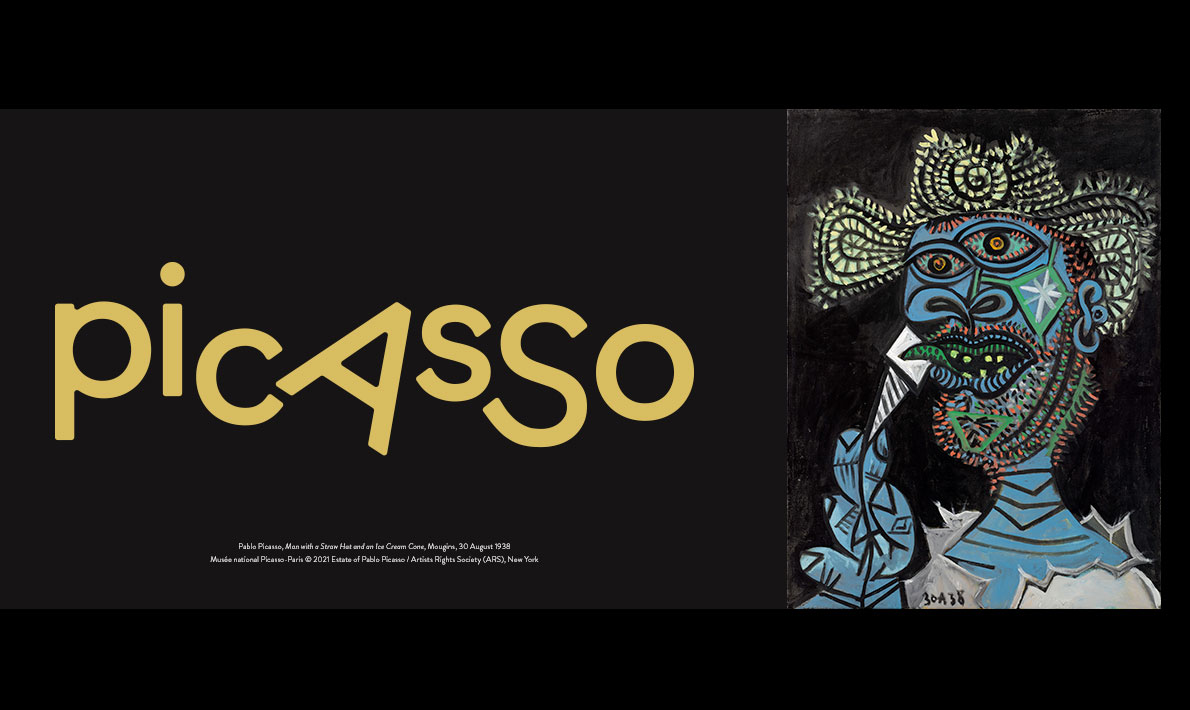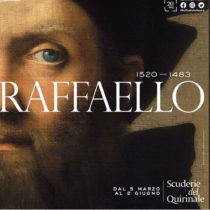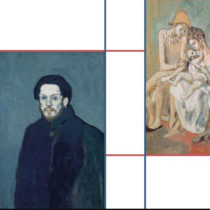Works by Pablo Picasso are on display for the first time in the United States in an exhibition at the Salvador Dali Museum in St. Petersburg, Florida. The exhibition “Picasso and the Allure of the South” explores the influence of southern Europe on Pablo Picasso’s revolutionary work with a collection of 79 masterpieces, paintings, sketches and collages, 50% of which has never been exhibited in the USA.
Instead of focusing on one period of Picasso’s life, as is the case in many exhibitions, this one concentrates on the artist’s inspiration from a particular region: the Spanish-French borders.
Born in southern Spain, Picasso became known for his work in France. While on holiday in the mountain towns of northern Spain and along the French Riviera, he painted many of his great works, such as portraits, still lives and landscapes.
“We always associated him with Paris, but he was obviously very awkward and uncomfortable in an urban environment,” said Peter Tush, senior curator of education at the Dali Museum, to the Tampa news agency, WUSF. “He actually felt more at home in the countryside of the Mediterranean, and his ideas really seemed to thrive and change there, as this exhibition demonstrates” he added.
Historical photographs of Picasso painting in a studio in the Spanish-French border region are also included in the exhibition at the Salvador Dali Museum, Florida, organized in collaboration with the Picasso Museum in Paris.
The exhibition is chronologically structured, with works from six decades of Picasso’s prolific career, showcasing his early experiments and the evolution of Cubism, through his later works, when he turned to a deeper engagement with the unconscious and surrealism.
According to the Salvador Dali Museum website, visitors can acquire a better understanding of cubism through the YOUR PORTRAIT artificial intelligence experience; i.e. they can transform a photograph of themself into a unique cubist work of art. As the portrait is being created, visitors are informed about the cubist images, compositions and colour palettes along with how the machine learning application imitates these features.





